Weekend Diversion: Fall into a bigger galaxy
Our Milky Way is only the second-largest galaxy in our local group. Take an interactive dive into the biggest!
“He who would search for pearls must dive below.” –John Dryden
Most weekends, I try to bring you something joyous, inspiring and wondrous about the world, but after this extraordinary week of news about the Universe, there’s something out-of-this-world that takes the cake. Have a listen to Falling Out by Ween,
while you take a fall into the biggest galaxy in our local group: Andromeda.
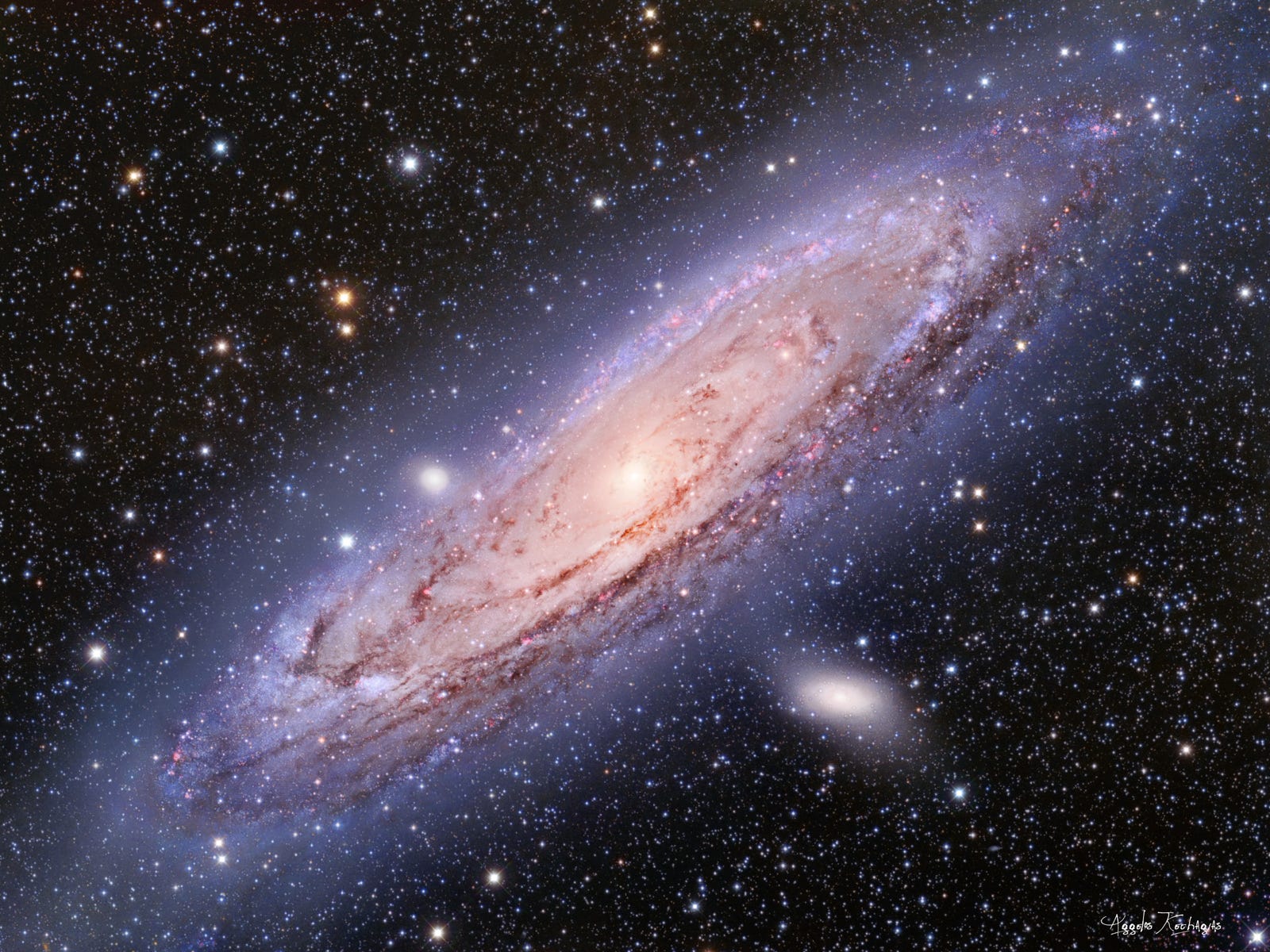
While all the galaxies beyond our local group will eventually disappear from our reach thanks to dark energy, the ones within our local group will eventually merge together with our own Milky Way. There are a little over 40 galaxies in our local group, and Andromeda is the biggest, most massive one. Because of its huge size and close proximity to us, it’s very difficult to image at high resolution.
You might dream of looking at it with the Hubble Space Telescope, but all you’re going to see is something like this.
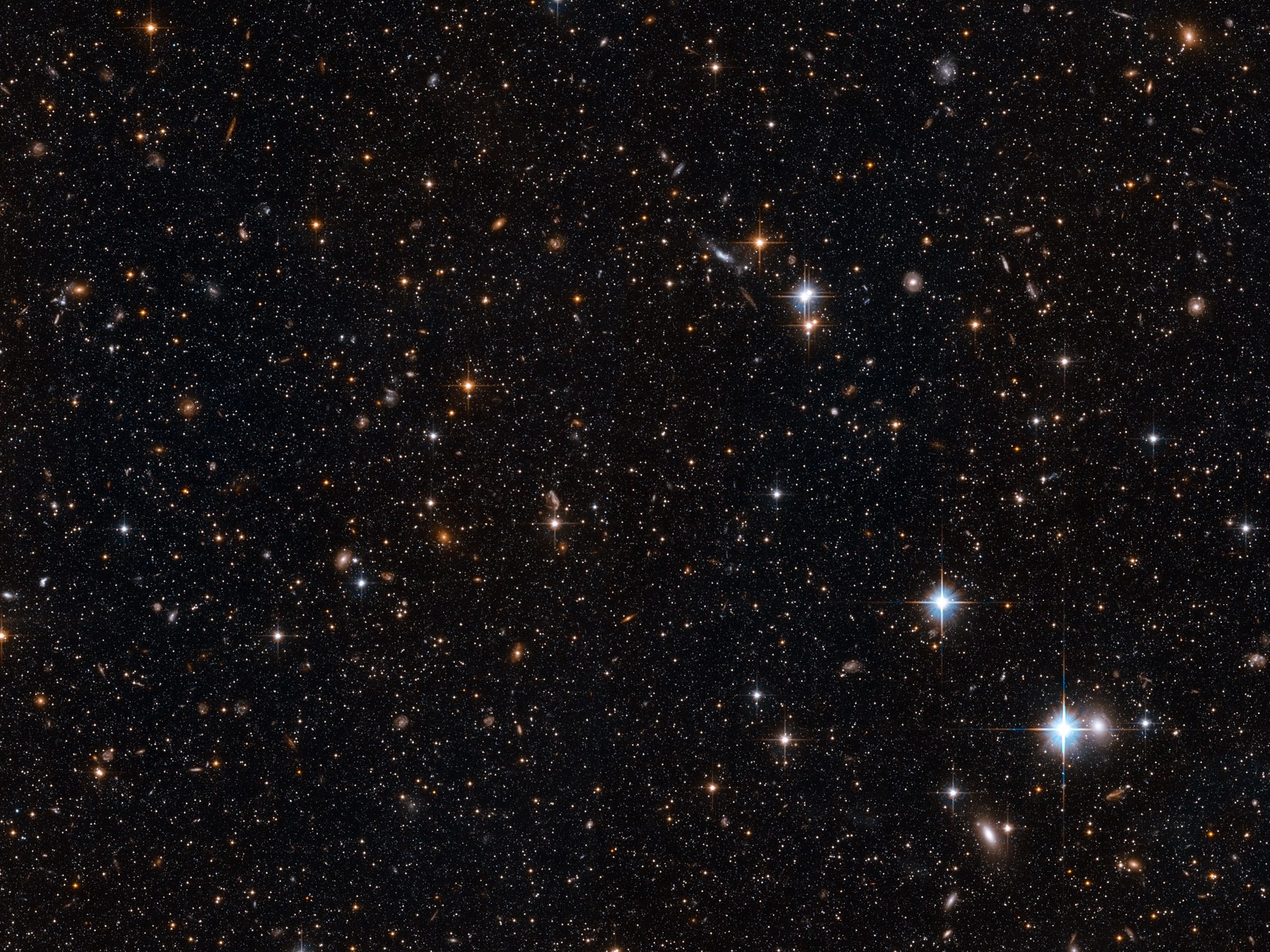
Yes, it’s amazing that we can image individual stars within Andromeda, as well as hundreds of star clusters and background galaxies, but even an image like this is less than a thousandth of a percent of the amount of space Andromeda takes up on the sky.
Luckily for you, while we were doing the science of creating the first 3D dust map of Andromeda (and figuring out why one side looks dustier than the other), Hubble was also busy creating the first ultra-high-resolution mosaic of a huge section of the galaxy itself!

The Panchromatic Hubble Andromeda Treasury (PHAT) is a composite of tens of thousands of Hubble images that span from the near ultraviolet through the entire visible spectrum all the way into the infrared, and have allowed us to directly image over 100 million stars in a portion of the galaxy that spans more than 61,000 light years in scale. It took a total of 394 hours to collect these images from Hubble.
And the best part is, the image is zoomable all the way down to Hubble’s maximum resolution, something that you can do yourself!

Let me pick just one region to zoom in on, and show you what we can see as we magnify…

and magnify…

and go even deeper…
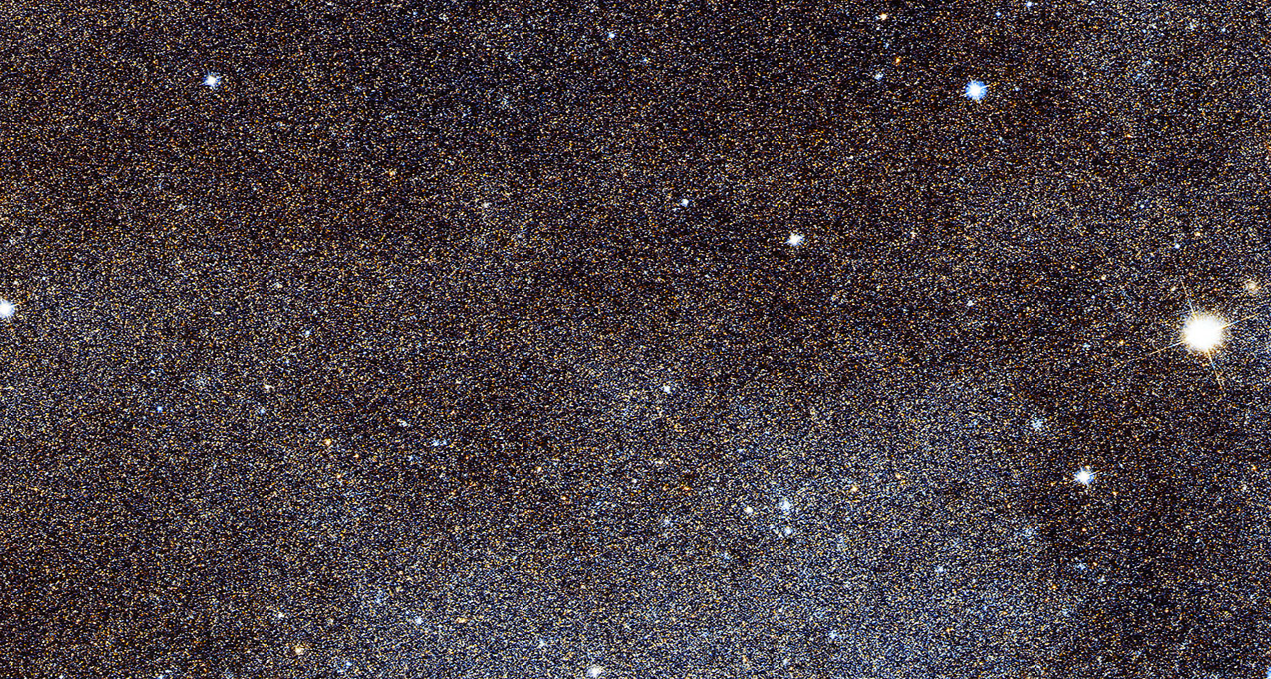
and see what’s inside…
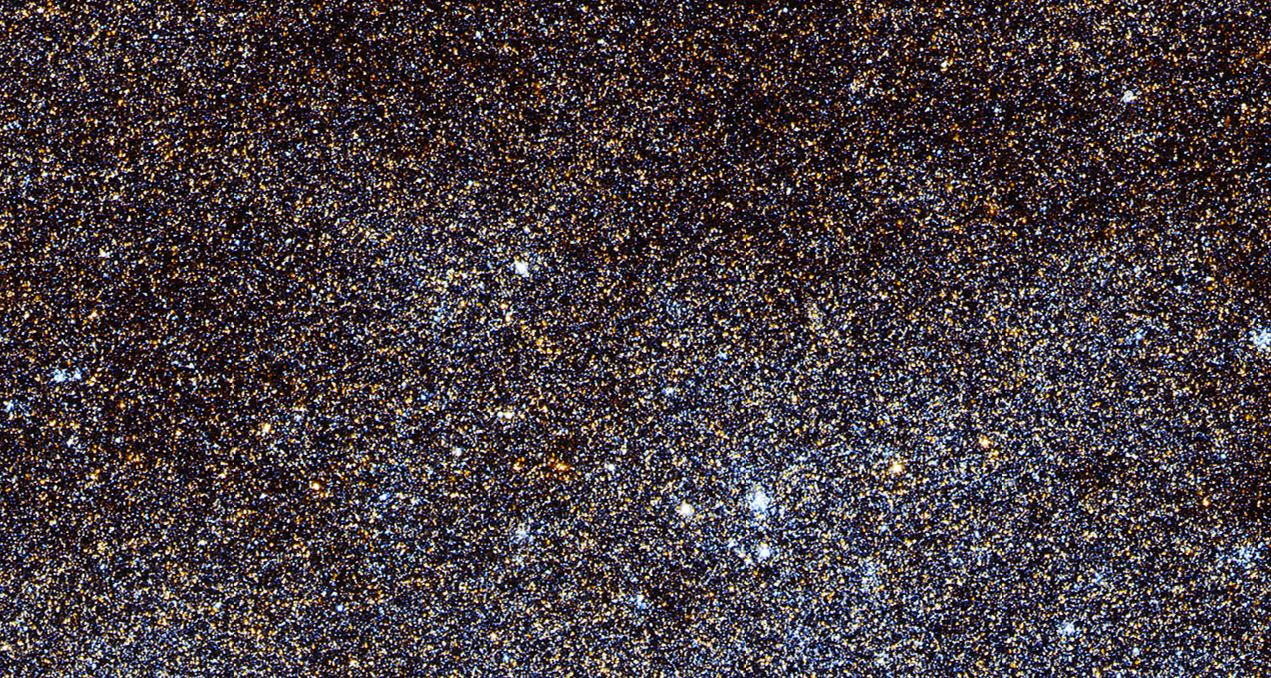
and you think we’re done but we’re not…

because we can go down to a scale where we’re seeing separations between stars that are smaller than the scale of the separation between the Sun and the stars in our local neighborhood!
Now, this is just one region of Andromeda, and the full-resolution of this image would be 100,000 pixels long on the largest side. Each pixel, by the way, corresponds to just 0.05″, or just 0.6 light-years of distance at full resolution. I showed you a zoom in to the outskirts of Andromeda; let’s take a look at a full-resolution zoom of one of the more central (but not at the very center) regions of this galaxy.

And fine, because I’m a sucker, here’s a relatively large star cluster also on the outskirts of Andromeda, in all its high-resolution glory! (And yes, you can see the redder stars behind it!)
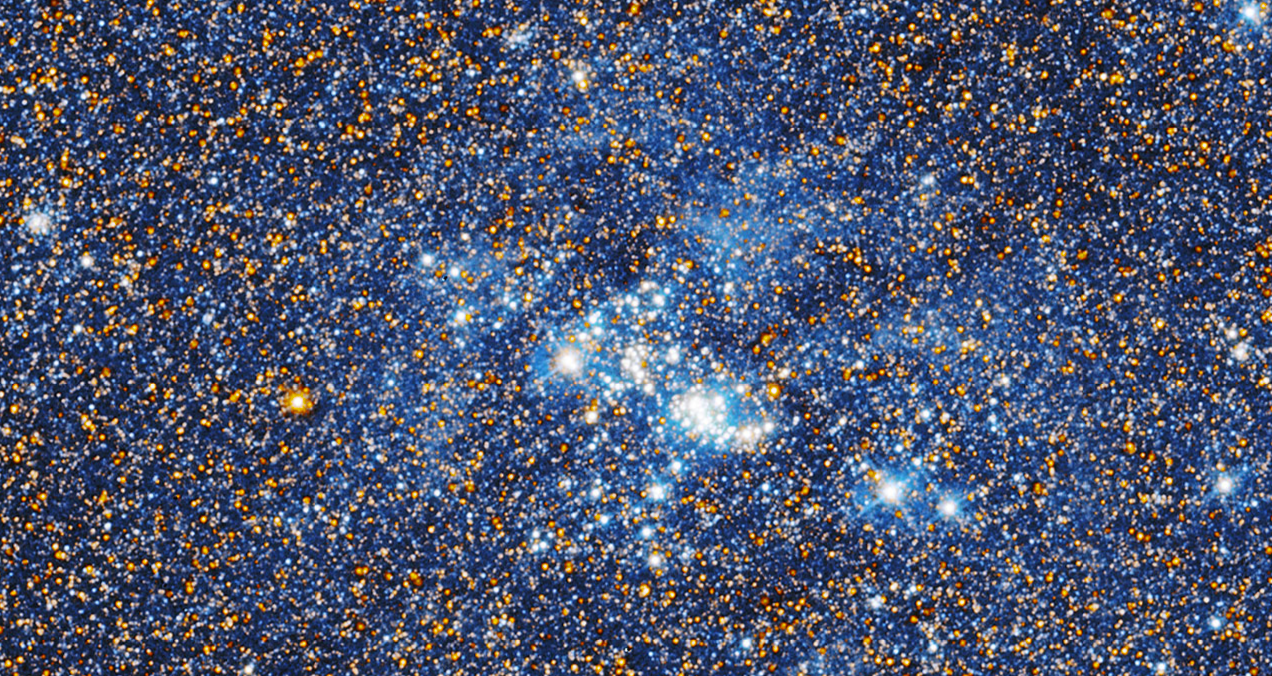
So, go ahead and check out the whole thing, and give it time to load at each stage! I suppose I’m a little bit sorry for killing your weekend and for killing the web bandwidth in your neighborhood, but trust me, it’s worth it. Enjoy!
Leave your comments at the Starts With A Bang forum over on Scienceblogs!





